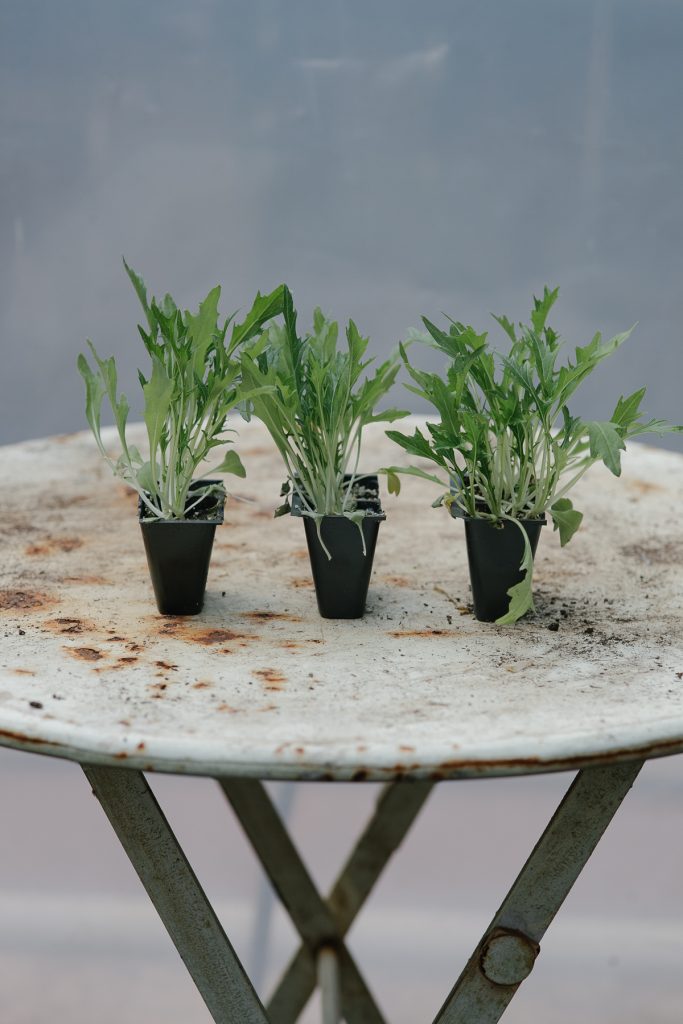With every row of seeds sown, a list of tasks follows: watering, thinning, seeding of subsequent rows for continued harvest, inevitable organic pest control, companion planting, and harvesting. Food growing requires multi-tasking, intricate planning, and mapping.
With the visions a gardener has of summer’s bounty comes a dance of timing, moderation, and restraint. Whether you are a new or seasoned gardener, timing is everything, and when done right, can bring a bounty of continuous harvest throughout the entire 365-day calendar year.
One aspect of growing food, in order to be truly successful, is successive planting. Successive planting is defined by sowing the seeds of one kind of crop at intervals throughout the season. In our coastal climate, for instance, arugula can be seeded between March and September. Why would one only sow arugula seeds just once? If this were the case, the plant would end its life cycle in 40-50 days and begin to flower, making the leaves bitter and spicier. However, if a row of arugula were to be sown once per month, versus the entire space allocated, this dilemma would be alleviated and a continuous harvest would be possible. This way, one row of arugula begins to flower as another reaches its peak, and so on. Arugula flowers are a beautiful creamy hue with hints of purple, and make a diverse addition to salads containing the arugula leaves that are younger, so the young can be mixed with the old. There are many crops we can apply this rule of successive planting to, such as broccoli, beets, carrots, and so on. If broccoli is planted several times throughout the season, including colder hardy varieties that mature partway and lie dormant over winter until they resume growth in the spring, it can be harvested eight months of the year.
With sowing seeds comes the removal of extra seedlings, as well. This is a task that new gardeners often struggle with. After a row of seeds is sown and seedlings emerge, room must be made for the strong ones to survive—it is Darwinian. In order to have a large and beautiful beet, for instance, each seedling that is designated to stay in the row or patch of beets needs room to thrive, meaning any smaller, weaker seedlings that have emerged need to be removed to make room.
Gardeners revel in the moment of anticipation while constantly dreaming and looking ahead. In winter, we daydream of spring, and in spring, of summer, and so on. For the time being, revel in the anticipation and watch the growth emerge and unfold.
Samantha Philips is one third of the trifecta of inspired women behind Victory Gardens. Check back every Friday in April for more insights on spring gardening.
Read more about Vancouver’s urban farms.
Read more from the spring gardens series.
Photos: Jourdan Tymkow.











